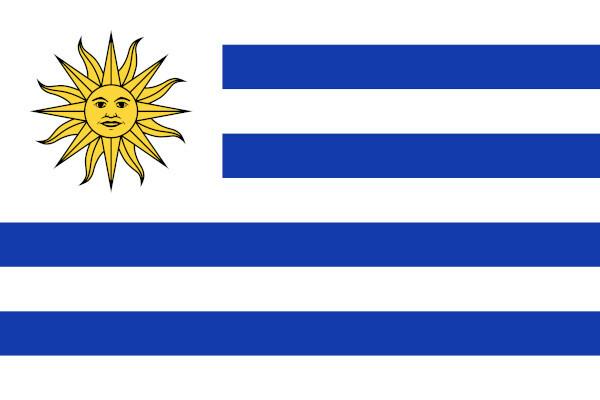O brazilwood is well known because it was the first item responsible for the country's economic activity, being the first Brazilian article to have value in the market.
A exploitation of brazilwood was intense during the 16th century, from 1500 to 1530. For this, the Portuguese colonizers took advantage of the indigenous work.
see more
Scientists use technology to unlock secrets in ancient Egyptian art…
Archaeologists discover stunning Bronze Age tombs in…
Pre-colonial phase (1500-1530)
A Portuguese arrival in Brazil it was on April 22, 1500. With the European invasion, the process of land exploration began. Initially, such exploration was done only in coastal regions.
O redwood cycle happened during the pre-colonial period (1500-1530). It was the first item explored by the Portuguese and the first item from the “new land” to gain market value.
The brazilwood was noticed by the Portuguese due to its resistant wood, which could be used in the construction of furniture and other objects, and because of the color that this tree exudes.
The reddish ink released by the brazilwood began to be used by the Portuguese as fabric dyes.
However, the indigenous people already used this typical tree of Atlantic forest for the same function.
When the Portuguese realized the richness of the tree, they soon rushed to exploit its wood and send it to Europe. With that, since the beginning of the exploration of brazilwood, the Portuguese Crown profited high values on top of it.
The extraction of brazilwood
The brazilwood was found mainly in coastal regions, which facilitated its exploitation. The extraction of this tree was accompanied by the trading posts, which were built by the Portuguese in order to administer and control the entire process.
Records indicate that the first trading posts were located in Cabo Frio, in the Rio de Janeiro, and in Igarassu, in Pernambuco.
The trading posts were places used by the Portuguese to store the extracted wood.
In addition to the trading posts, were built strong (structures planned for the defense of the territory), as it was necessary to guarantee the security of the place against possible enemies.
Such enemies were characterized by indigenous peoples opposed to the European presence and also by the French, who already in the In the early 16th century, they invaded lands that “belonged” to the Portuguese and tried to smuggle brazilwood to the Europe.
Realizing the French interest in exploring the territory, Portugal saw the need to invest in the protection of the Brazilian coast. If they noticed any French movement coming by sea or land, they were authorized to open fire.
indigenous contribution
The indigenous people were used as labor to cut down the trees and transport the wood to the factories. In exchange, they received mirrors, knives, penknives, among other items.
The brazilwood trees were scattered throughout the territory, so the Portuguese needed indigenous territorial knowledge to be able to reach them.
It was essential to maintain a good relationship with them, as it was through their work that the exploitation of wood took place.
However, over time, the indigenous people began to be forced to perform the task, being enslaved. As they knew the territory, many of them fled.
A indian slavery was opposed by the Church, as members of the clergy believed in their religious conversion.
In addition, many Indians suffered from the diseases contracted from the white man. Such epidemics led thousands of them to death.
In 1570 indigenous slavery is prohibited, but it remained until the 18th century. Gradually they were replaced by people coming from the African continent.
End of the pau-brasil cycle
O end of the pau-brasil cycle occurred due to intense exploration, being responsible for the near extinction of the tree. Millions of trees were felled in order to generate money for the Portuguese coffers.
The incessant exploitation of brazilwood took place from the 16th century to the beginning of the 19th (in small quantities, since they practically did not exist anymore).
Learn more at:
- Brazil's economic cycles
- Colonial Brazil – Summary, revolts, economic activities and slavery
- Colonial Brazil by Jean-Baptiste Debret
- Discover the 14 oldest cities in Brazil



